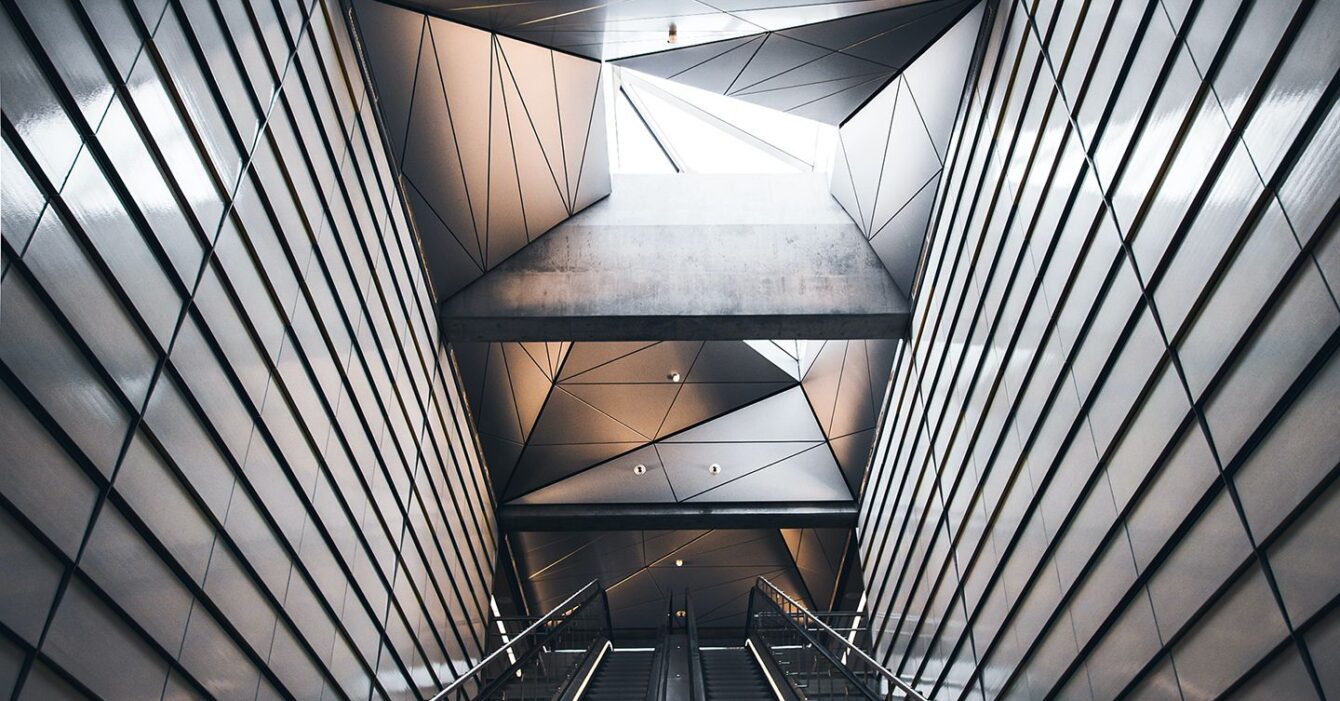
Curtain Walls
Components of Curtain Walls:
- Glazing Panels: Curtain walls are predominantly composed of glazing panels, which can be made of glass or other translucent or transparent materials. These panels allow natural light to enter the building while providing views of the surrounding environment.
- Mullions: Vertical and horizontal mullions are structural components that hold the glazing panels in place. Mullions are typically made of materials like aluminum, steel, or occasionally, reinforced concrete.
- Transoms: Transoms are horizontal elements that reinforce the curtain wall system and provide structural support. They are often positioned above window openings.
- Spandrel Panels: Spandrel panels are opaque or semi-opaque panels that are used to conceal structural elements, provide insulation, and maintain the uniform appearance of the curtain wall. They are typically placed between windows.
- Sealants and Gaskets: To prevent water infiltration and air leakage, sealants and gaskets are used between the glazing panels, mullions, and transoms.
Types of Curtain Walls:
- Stick-Built Curtain Walls: In stick-built systems, the mullions and transoms are assembled on-site piece by piece, which allows for greater flexibility in design but requires more labor and time.
- Unitized Curtain Walls: Unitized systems are pre-fabricated and assembled in factory-controlled conditions. They are then transported to the construction site and installed as complete panels. Unitized systems are faster to install and often used in larger, high-rise buildings.
- Sloped Glazing: In some designs, curtain walls can be sloped or inclined rather than strictly vertical. This design choice is common in atriums or areas where an inclined glazing surface is desired.
Advantages of Curtain Walls:
- Architectural Freedom: Curtain walls offer architects a high degree of design flexibility, allowing for creative and visually striking building facades. They can incorporate various glazing types, colors, and textures.
- Daylighting: The extensive use of glazing in curtain walls allows natural light to penetrate deep into the building, reducing the need for artificial lighting and improving occupant well-being.
- Energy Efficiency: Modern curtain walls incorporate energy-efficient glazing options and thermal breaks, enhancing the building's insulation and reducing energy consumption.
- Aesthetic Appeal: Curtain walls contribute to the overall aesthetic of a building, providing a contemporary and often impressive appearance.
- Maintenance: Glazing and framing materials are typically low-maintenance, reducing the long-term operational costs of the building.
Common Applications of Curtain Walls:
- Commercial Buildings: Curtain walls are commonly used in office buildings, hotels, shopping centers, and other commercial structures.
- Residential Buildings: High-end residential buildings often incorporate curtain walls to provide expansive views and a modern architectural aesthetic.
- Educational Institutions: Universities, schools, and other educational buildings may use curtain walls to create visually appealing and light-filled learning environments.
- Cultural and Civic Buildings: Museums, art galleries, and government buildings often feature curtain walls to enhance their architectural significance.











